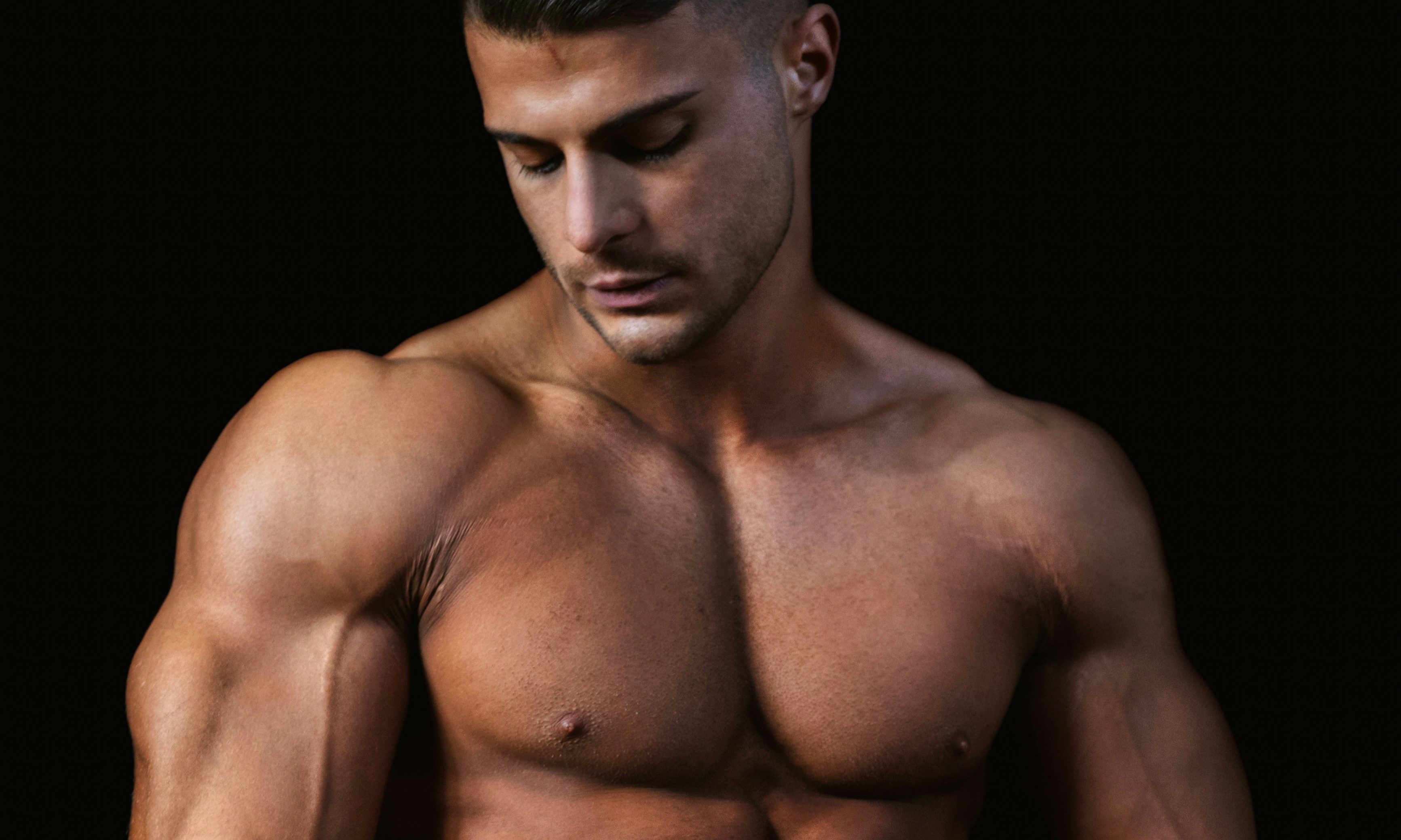
A chest and tricep workout can help you build not just muscle but also strength and confidence. This workout is designed to target the major muscles of the upper body, ensuring a balanced and powerful physique to build chest strength and bulk up your arms. By incorporating a variety of exercises, you’ll engage different muscle fibers and stimulate growth in both the chest and triceps, making every session count. Let’s get started!
The importance of having a strong chest and triceps

A robust chest and triceps are essential for daily activities and athletic performance. The triceps are involved in pushing movements, and a strong chest can improve your stability and balance. Strengthening them can improve posture, enhance sports performance, and increase functional strength.
How often should you train chest and triceps?

For optimal results, train your chest and triceps two to three times per week. This will allow sufficient frequency for muscle growth but also provide enough time for adequate rest. Make sure to leave at least a day between training the same area of your body to allow the muscles to recover.
Chest and tricep exercises for the best workout

Barbell bench press
The barbell bench press is a classic exercise that is fundamental to any chest and tricep workout. To begin, you’ll need a barbell and a bench. This exercise primarily targets the pectoral muscles but also engages the triceps and deltoids.
Start by lying flat on the bench with your feet planted firmly on the ground for stability. Grip the barbell with your hands slightly wider than shoulder-width apart. As you breathe in, slowly lower the barbell to your mid-chest, keeping your elbows at a 45-degree angle from your body to prevent strain. Exhale as you push the barbell upwards, extending your arms fully at the top. The controlled movement, both up and down, is crucial for maximizing muscle engagement and growth.
Dumbbell chest flys
Dumbbell chest flys are excellent for isolating the pectoral muscles, but they also involve the shoulders and biceps. They require a set of dumbbells and a flat bench.
Lie down with your back flat on the bench and a dumbbell in each hand. Your arms should be extended above your chest with a slight bend at the elbows — imagine hugging a large tree. From this position, lower the weights out to the sides of your body, maintaining a slight bend in your elbows. Then, bring the dumbbells back together above your chest, squeezing your pectorals as you perform the ‘hugging’ motion.
Push-ups
Push-ups are versatile and popular. This bodyweight exercise strengthens the chest, triceps, and shoulders — no equipment is needed! Push-ups can also be modified to increase or decrease difficulty.
Begin in a plank position with your hands placed directly under your shoulders. Your body should form a completely straight line. Engage your core and keep your elbows close to your body as you lower yourself until your chest nearly touches the floor. Push back up to the starting position, focusing on using your chest and triceps.
Tricep dips
Tricep dips target the triceps muscles and require parallel bars or a sturdy bench. This exercise is great for building upper arm strength and can be done almost anywhere, even on a park bench.
Grip the bars or bench backward, with your hands behind your body, and hold your body at arm’s length above the equipment. Lower your body by bending your elbows until they are at a 90-degree angle, ensuring your elbows stay close to your body. Then, push yourself back up to the starting position, focusing on using your triceps to lift your body weight.
Cable tricep pushdowns
For cable tricep pushdowns, you’ll need access to a cable machine with a bar attachment. This exercise is fantastic for isolating the triceps.
Stand facing the machine and grasp the bar overhand with your palms facing down. Keep your elbows pinned to your sides and push the bar down until your arms are fully extended. Focus on moving only your forearms and keeping the rest of your body still. Slowly release the tension to return to the starting position. The key is to maintain control throughout the exercise to keep the triceps engaged.
Overhead tricep extensions
Overhead tricep extensions are great for targeting the long head of the triceps. You can use a dumbbell or a cable machine with a rope attachment for this exercise.
Begin by standing or sitting with the weight held overhead, arms fully extended. Keeping your upper arms stationary, bend your elbows to lower the weight behind your head. Then, extend your arms back to the starting position. It’s important to perform this movement with control and avoid using momentum to lift the weight.
How many sets and reps should you do?

Determining the number of sets and reps for your workout depends on your goals. If you’re aiming to build muscle size, opt for heavier weights with fewer reps, such as four to six sets of four to eight reps. For those focusing on muscle endurance, try lighter weights with higher reps, like three to five sets of 12 to 15 reps.
Always prioritize proper form to prevent injury and ensure the effectiveness of your workout. Adjust the weight and reps according to your individual strength and endurance.



